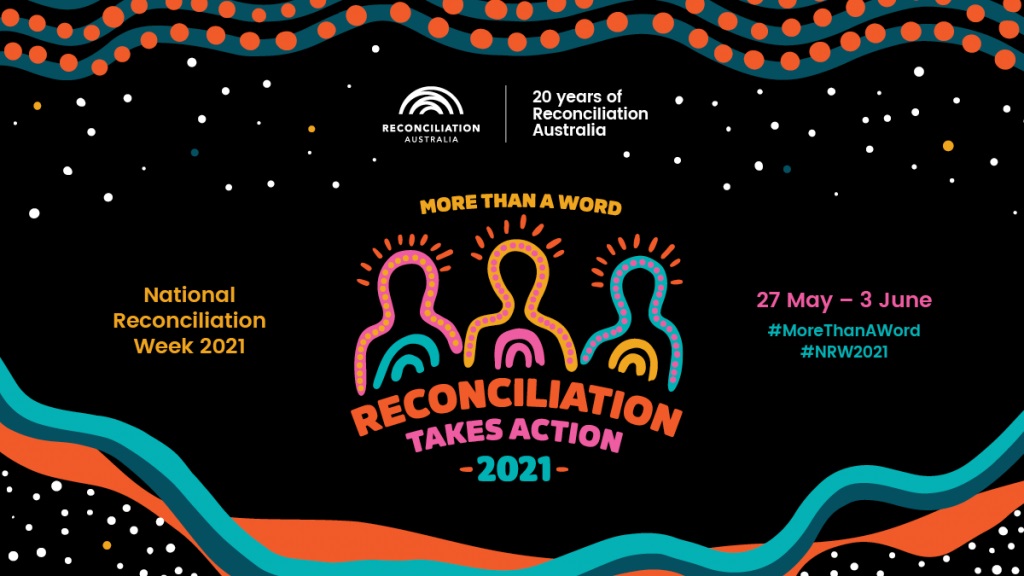National Reconciliation Week: Profiles 1

Volunteers from the Research School of Chemistry and the RSC IDEA committee have come together to recognize National Reconciliation Week 2021 by highlighting the work of a few chosen Indigenous leaders in STEM.
Victor Steffenson

Steffenson, of the Tagalaka People of Northern Queensland, is a filmmaker, musician, and consultant who was mentored by two Kuku Thaypan Elders, Dr Tommy George and Dr George Musgrave, on cultural burning and country management. Steffenson combines his knowledge of cultural burning and filmmaking skills to document people and their relationship with the land, which aims to educate others, to pass down knowledge, and to continue the teachings by Aboriginal and Torres Strait Islander cultures of Australia.Steffenson has empowered many in the knowledge of fire to heal the ecosystem and to reignite Indigenous knowledge throughout Australia. His teachings in controlled burning of the landscape can be used to change the composition of vegetation, increase biodiversity in the area, and provide weed control. For further information.
To find out more on Victor Steffenson and his history in cultural burning, we recommend visiting:
https://www.reconciliation.org.au/in-conversation-victor-steffensen/
To find out more about Victor Steffenson:
https://twitter.com/v_steffensen?lang=en
https://www.youtube.com/watch?v=9I5Rb6WzuHE&ab_channel=abcqanda
David Unaipon (Ngunaitponi)
David Ngunaitponi (1870-1967), known more popularly by his anglicised name David Unaipon, was an Indigenous inventor, writer, activist and preacher. He was a Ngarrindjeri man of the Coorong region in South Australia, and was born and educated at the Port McLeay Mission where his father worked as a church deacon. His superb mind was quickly recognised by missionaries, and he studied literature, music and science while undertaking roles as a house servant, apprentice boot maker and church organist. Despite his education, he was unable to find more intellectual work due to First Nations people being prohibited from having these roles. He was deeply connected to both Christianity and Aboriginal spirituality. While he was the first First Nations author to be published in 1927 with a book of Aboriginal “legends” Hurgarrda, three years later his writing was plagiarised by an anthropologist, and this work was not rightfully credited until 2001.
Unaipon’s most famous invention is a mechanism for sheep shearing that greatly improved efficiency and is the modern basis of modern shears. However, his other numerous inventions were unable to be patented due to lack of finances. He was interested in the polarisation of light and drew very early designs of a helicopter based on the aerodynamic qualities of a boomerang, dating 15 years prior to the invention of the helicopter as we know it (although Unaipon himself prevented the development of this invention from a moral perspective, not wishing to contribute to taking the lives of others). While Unaipon has been recognised now as a man with great intellect, being likened to the Australian Leonardo da Vinci and being featured on the Australian $50 note, he himself was careful to avoid this perspective that he was an exceptional member of his race, stating in a 1914 interview that he “was always interested in inventing, as are most aboriginals.”
For more information on David Unaipon, links are available:
https://www.sl.nsw.gov.au/stories/david-unaipon
https://coorongcountry.com.au/david-unaipon/
https://adb.anu.edu.au/biography/unaipon-david-8898
Many used Unaipon as a justification of Missions stealing First Nations children. For more critical analysis of this idea, as well as Unaipon’s own perspective:
https://pursuit.unimelb.edu.au/articles/unaipon-behind-the-da-vinci-comparisons
https://search.informit.org/doi/10.3316/IELAPA.826148086393575
